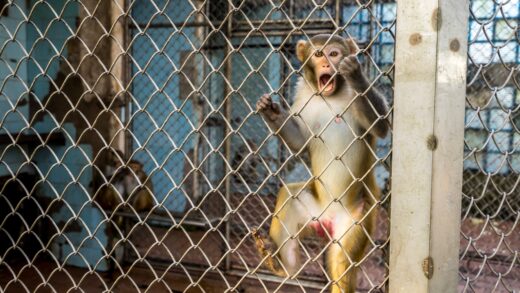This is one part of a series of my travel writings about Abkhazia, first published in Issue 20/2021 of World View magazine
For the other two parts, see “Abkhazia, a ‘nonexistent’ country (1)” and “(2)“.
This English version was translated from the Chinese original using DeepL. I apologize for any mistakes made by this AI translation tool.
The unexpected “National Day”
Standing in a street full of people dressed in costumes and waving Abkhazian “flags”, I poked my head out on tiptoe and tried to look forward. I still couldn’t believe that this was the melancholy city that had been so dreary the day before.
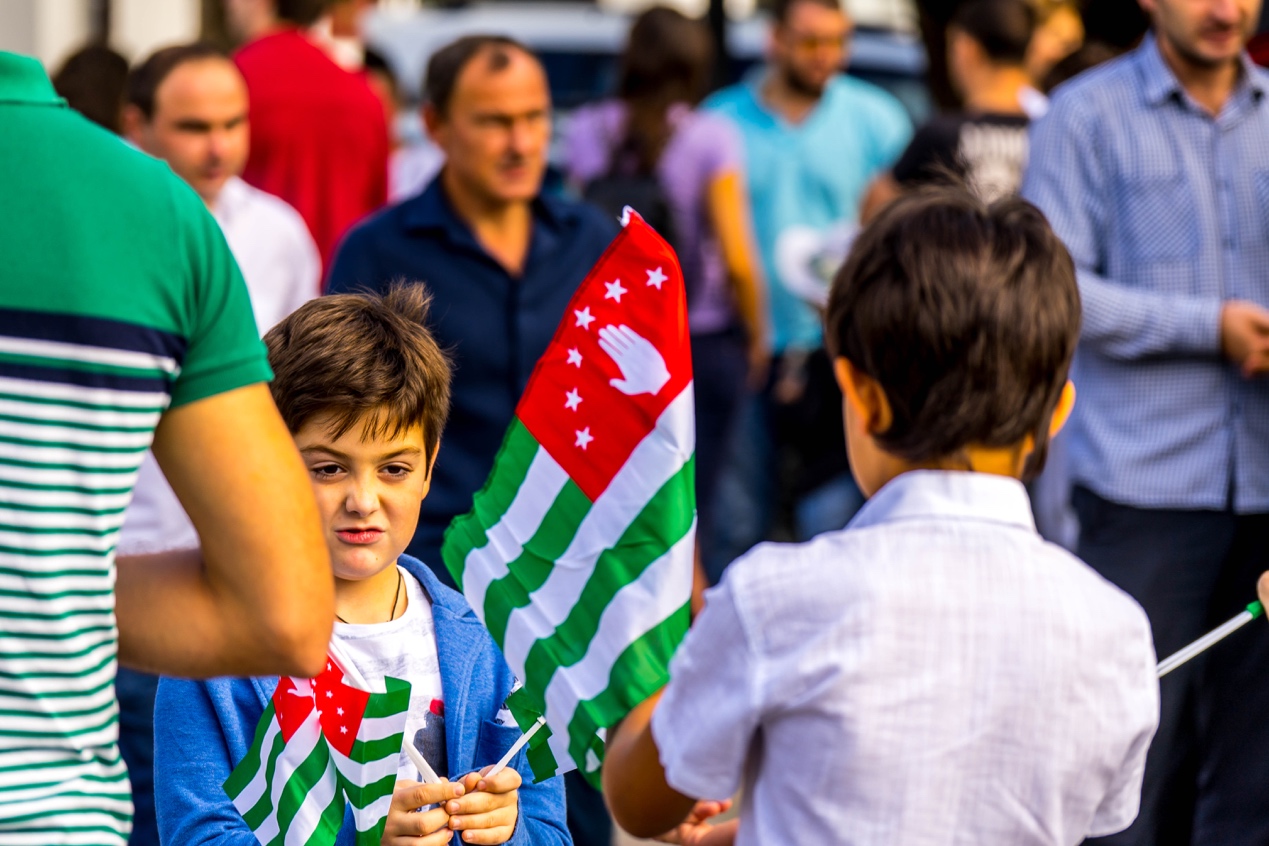
It was autumn 2017, and I was travelling in Sukhumi, the capital of Abkhazia. Abkhazia is a de jure part of the Republic of Georgia, but since Georgia’s independence from the former Soviet Union, the formerly autonomous region of Georgia has been mired in a long period of war and division. Today Abkhazia, although more than 20 years have passed since its initial declaration of independence, is still only recognized by Russia and a handful of other countries. Apart from Russians, few tourists visit the city, and most of the world is not even aware of its existence.
And Sukhumi, despite its capital name, has a population of only about 60,000, not even comparable to a Chinese township. The day before I had wandered along the beach, the wide streets were almost invisible, and only the ruins that kept coming into view seemed to remind me of the wounds left by the war.
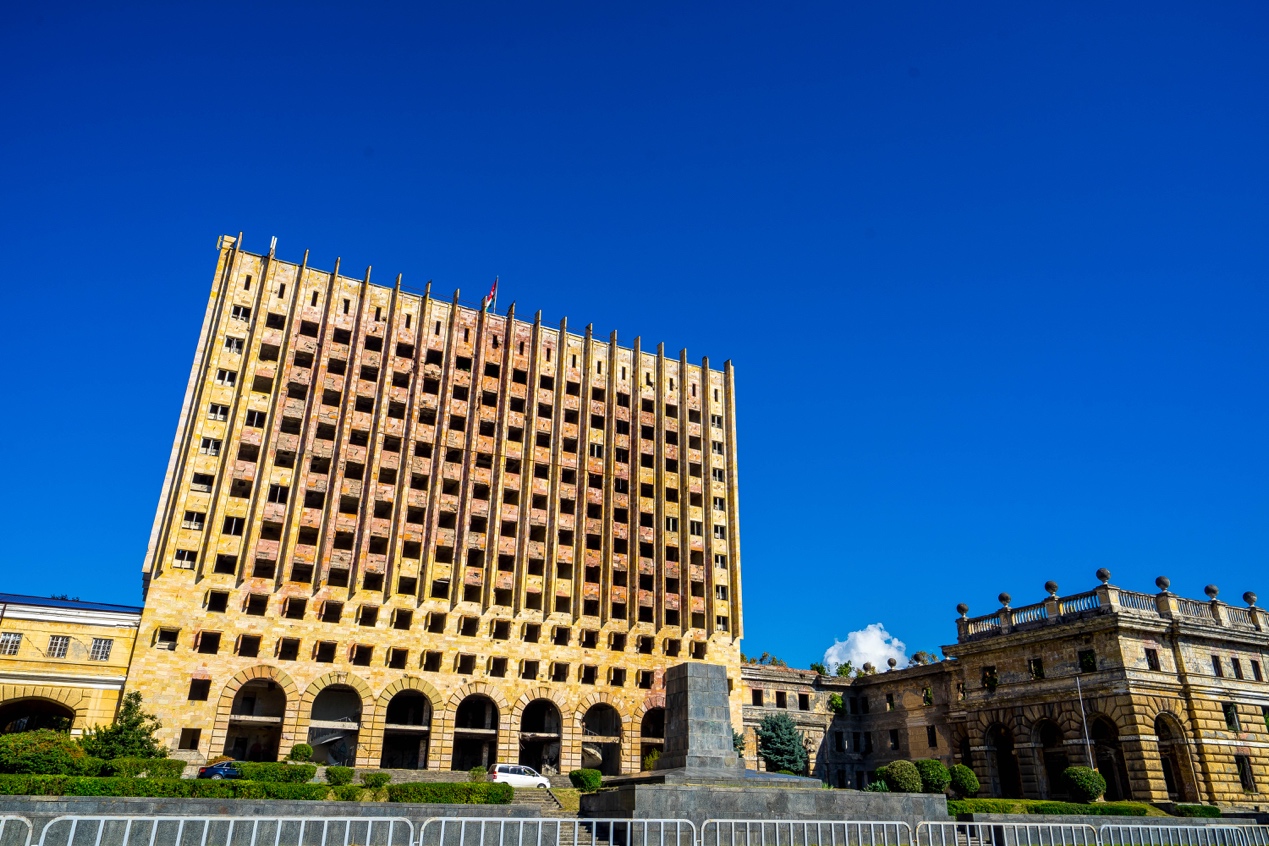
But today – five minutes ago – I had just woken up and was just looking for a place to have breakfast. Just outside, however, it seems that everything has changed: the road to the city centre was packed with people and traffic from nowhere. Even the Roma people, a rare sight in the Caucasus, in their flowery skirts and slippers, had appeared, clutching handfuls of colourful balloons and peddling them along the street.
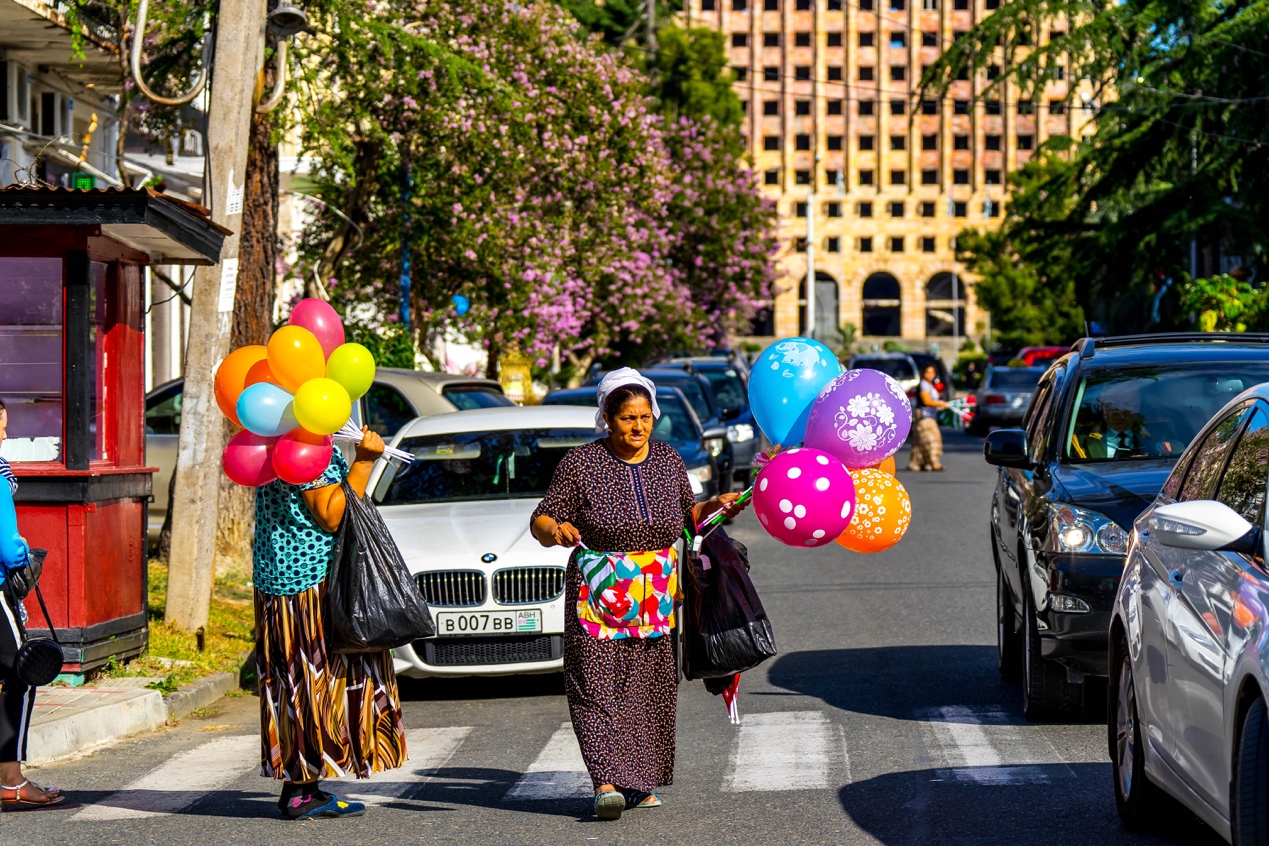
Passersby excitedly shouted “Hello” at me, but none of them could tell me what was going on in English. It wasn’t until I finally stopped a college-looking man who reached out and waved his hand towards where the crowds were swarming, trying to scavenge his grasp of English words, “Today, our National Day, go to the park!”
On September 30th, the third day of my trip to Abkhazia, I was able to catch their national holiday. “Independence Day”, to be exact.
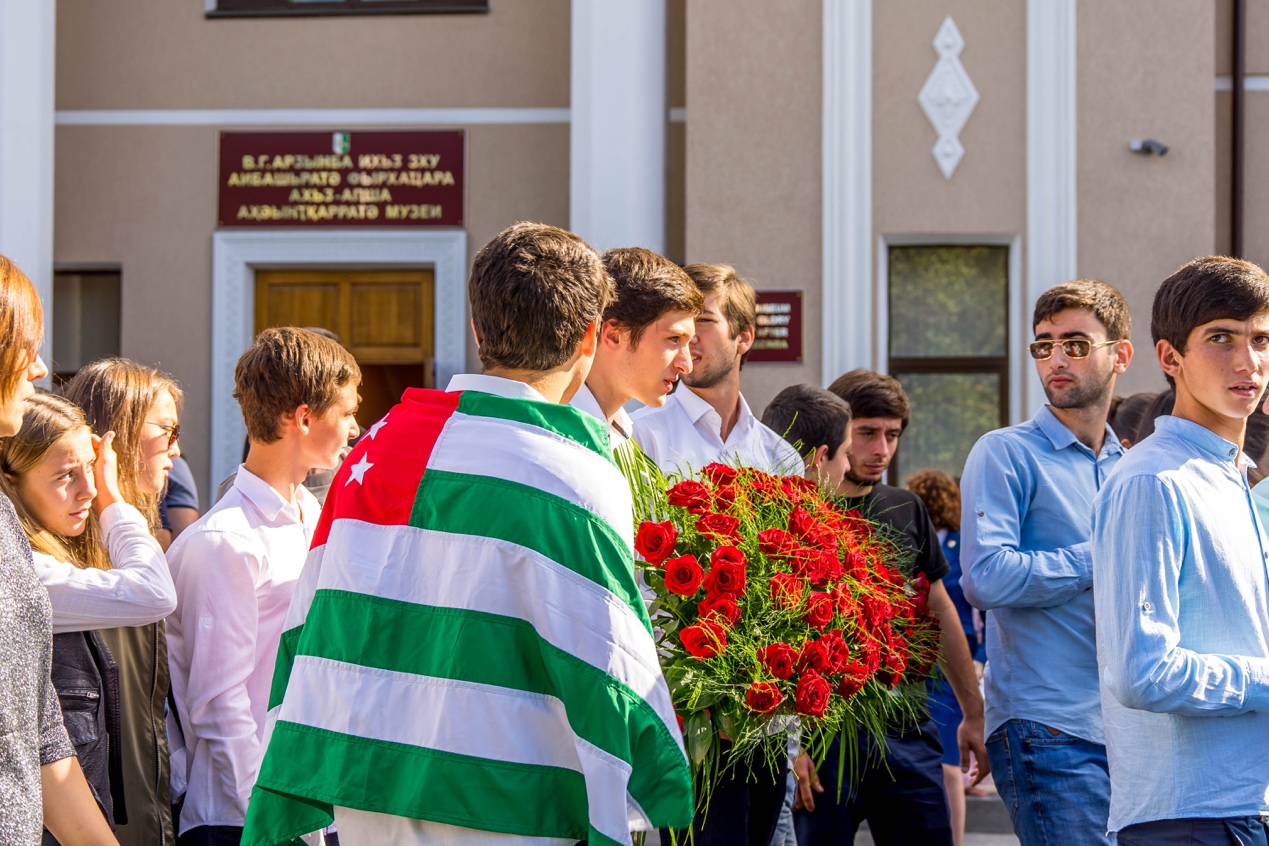
The place the young man pointed out is called “Victory Park” on the map, but it is at best a street garden. In the middle of the clearing stands a huge bronze sword-shaped monument, its blade thrust deep into the earth, surrounded by a circle of stone monuments filled with the names of people, presumably the names of martyrs. A hobbling old woman, holding a bouquet of white roses, gently placed them one by one on the monument, sobbing uncontrollably herself. Perhaps her husband or son is among those names on the monument.
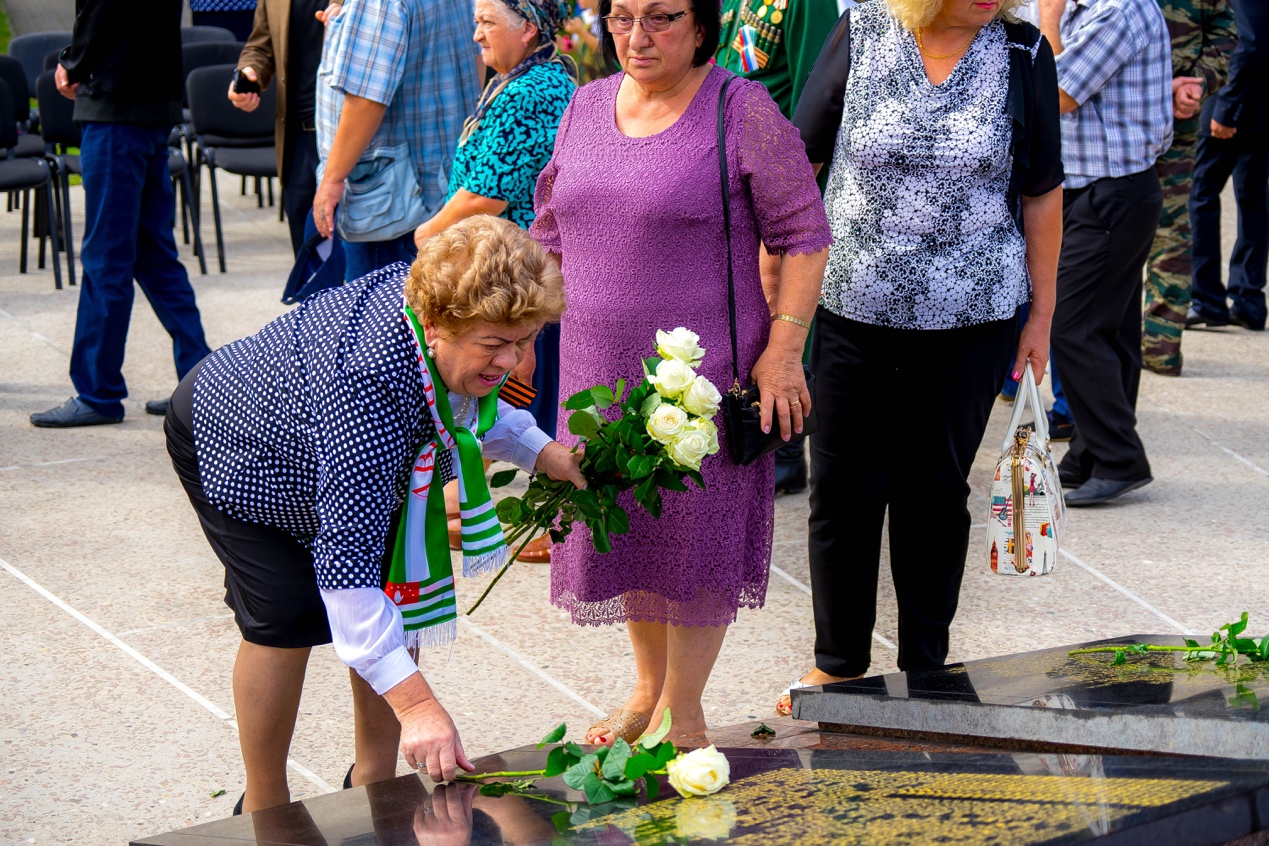
The “best viewing area” in front of the monument was reserved for special official guests. They are neatly arranged, mostly veterans in Soviet-style uniforms, interspersed with a few religious leaders in black caps and robes who look very different. Like Russia and Georgia, Orthodox Christianity is the dominant religion in Abkhazia. Yet in a place that has long experienced the pains of war, it is clear that warriors have a much higher status than clerics. Abkhaz historian Stanislav Lakoba once made a playful but incisive summary of the faith of its inhabitants – “80 per cent Christian, 20 per cent Muslim and 100 per cent pagan.”
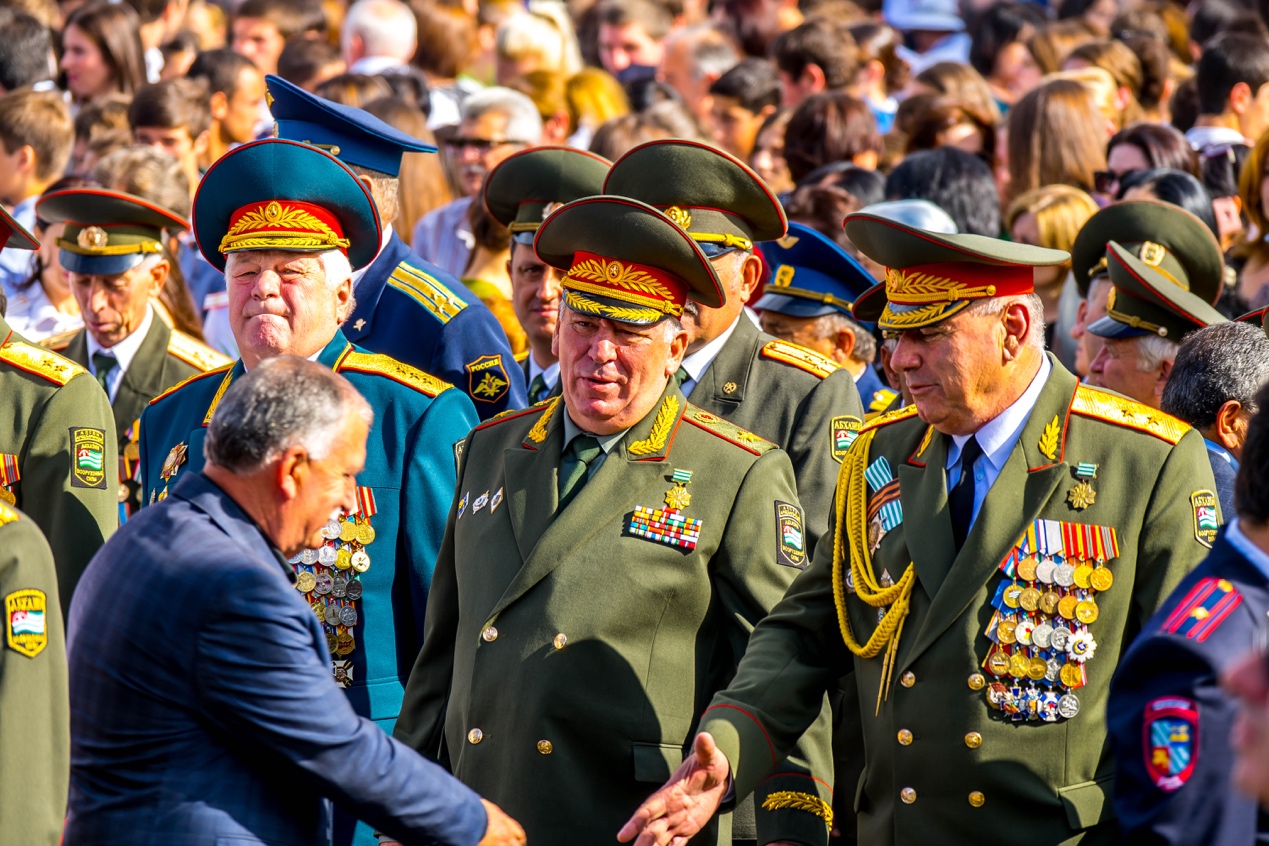
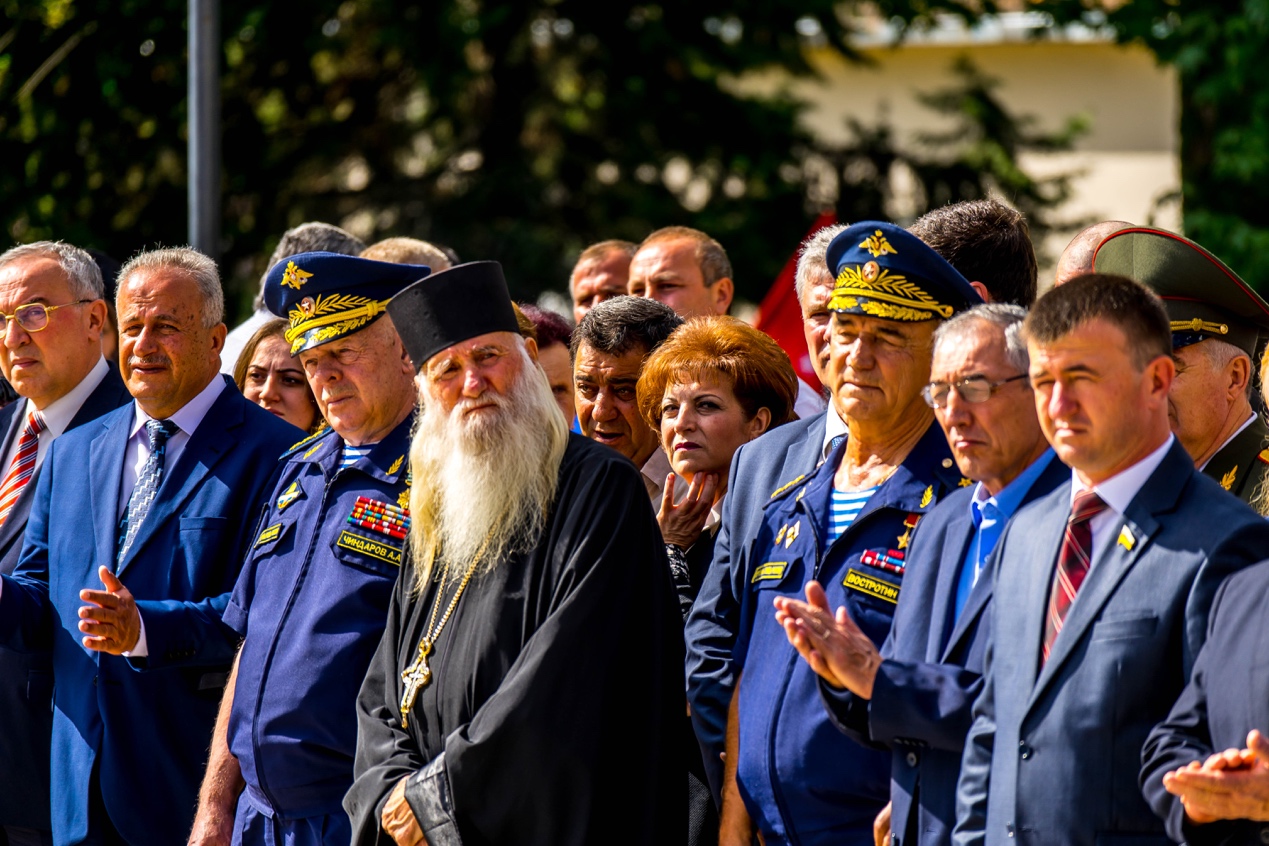
The old man beside me patted me with the camera and pointed to the man who was shaking hands with the guests one by one, “Our president.”
Raul Jumkovich Khajimba, the leader of more than 200,000 Abkhazians, is a short man with a high nose, a typical Caucasian face, and no wrinkles on his face despite his grey hair. Like Putin, he was a member of the former Soviet KGB – perhaps the experience that led him to successfully poison his biggest rival in the 2019 election, causing him to withdraw from the race (although the poisoning charge was never proven, so winning the election, he did end up resigning in 2020 as a result of this scandal).
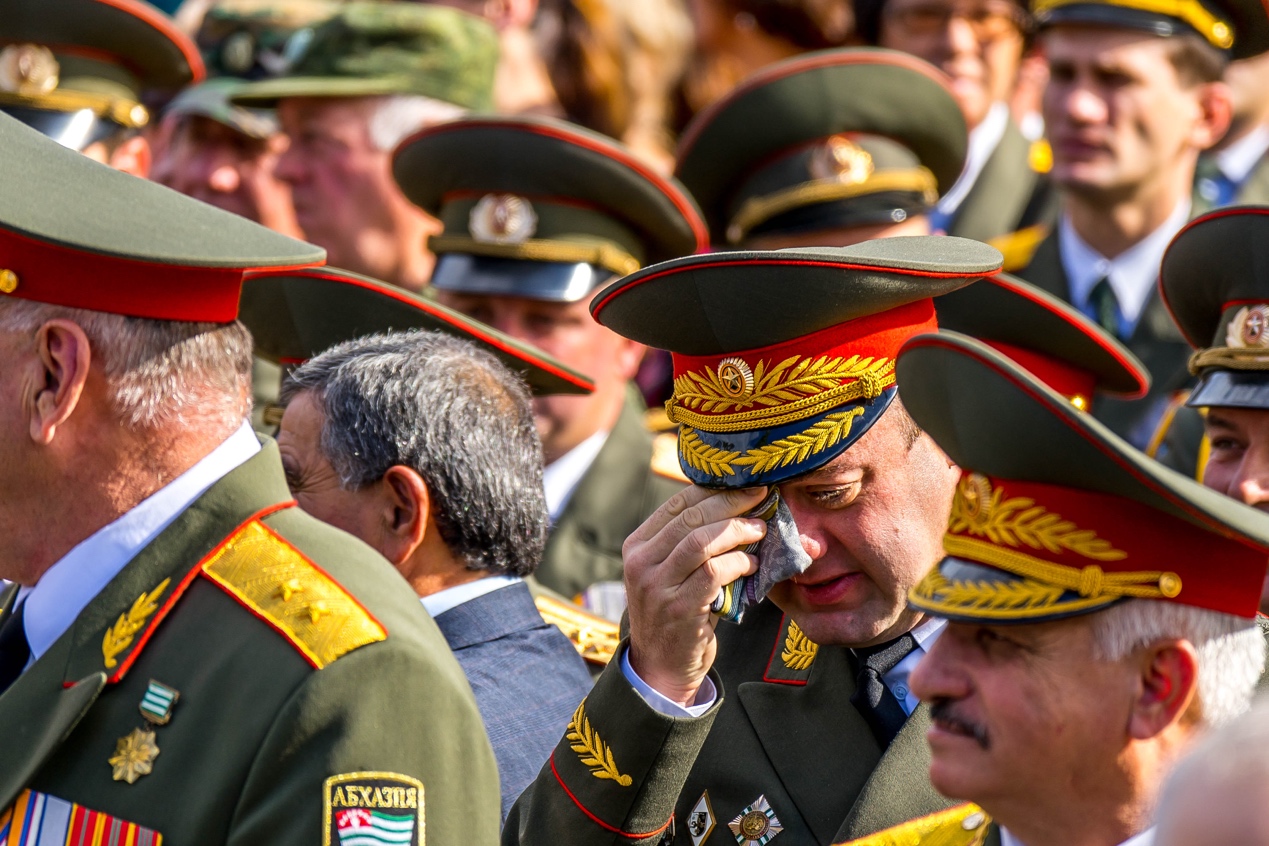
On that day, he was dressed in a navy blue suit and seemed to be doing his best to give himself the majesty to match that of the President. Yet that aura was undoubtedly still much weaker than that of the veterans with their heads held high and their military insignia shining brightly on their chests.
As he took his place in front of the monument, the whole celebration began. I noticed that the man standing alongside Hajimba was Krasnoselski, the “president” of Transnistria.
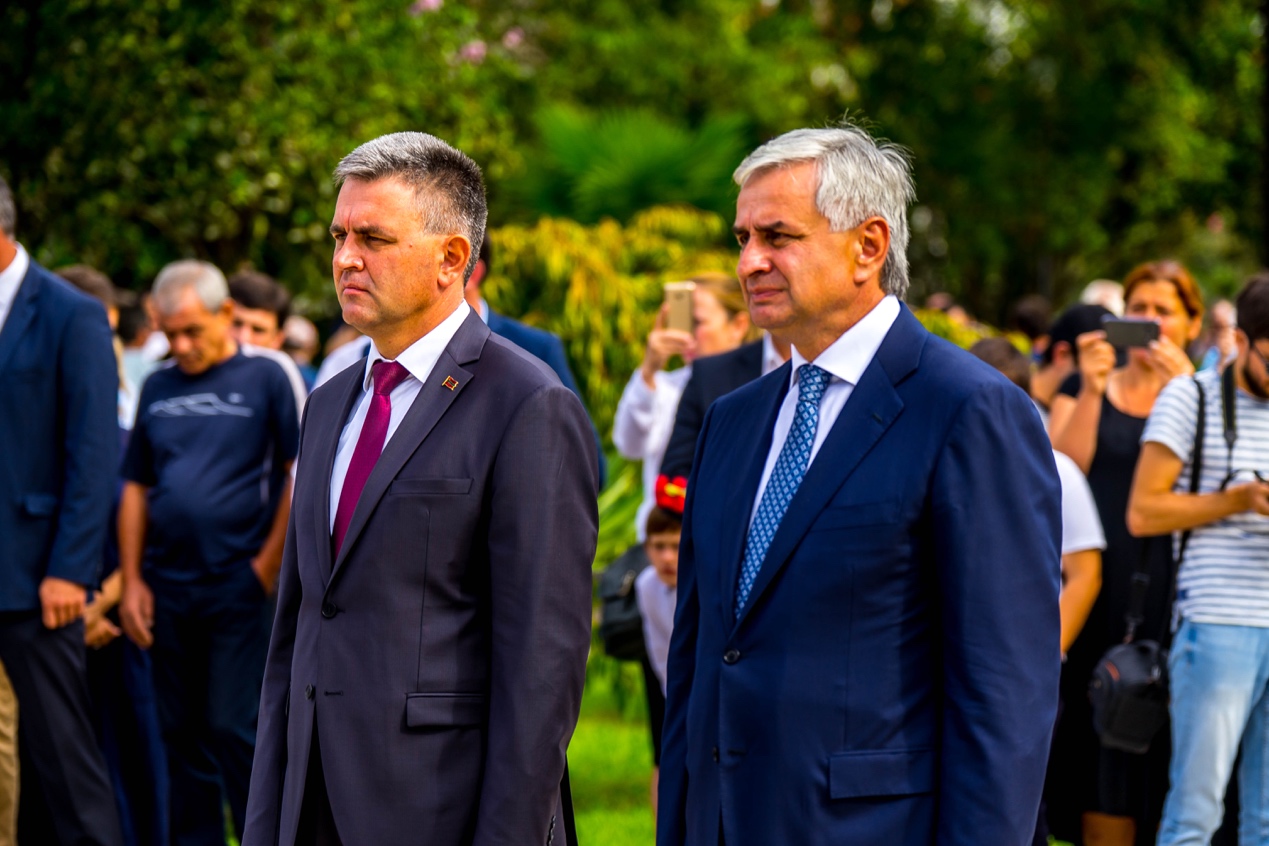
I was impressed by him because I had just seen the “national flag” in a souvenir shop on the streets of Sukhumi the day before – on a souvenir T-shirt with nine flags on it. Except for the Abkhazian flag in the centre, the other eight were from all the countries that recognize Abkhazia. Perhaps in such a place, which is barely recognized by the world, there is nothing the leader desires more than international recognition. It is quite ironic that two of these countries, Vanuatu and Tuvalu, had already withdrawn their recognition back in 2013 and 2014 respectively.
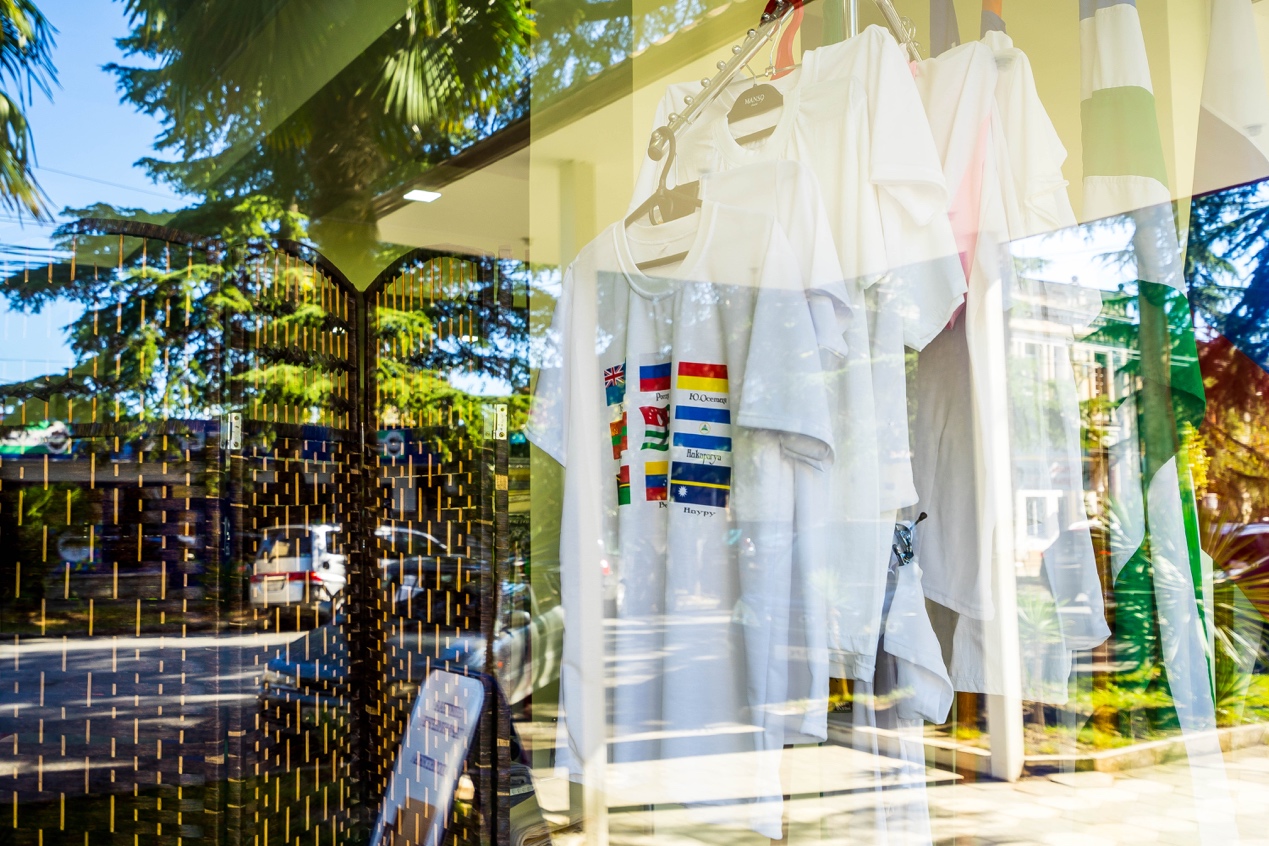
The flags on the T-shirts include, in addition to Transnistria, South Ossetia – both of which are similar to Abkhazia, a disputed region that is not internationally recognized. Interestingly, the “Republic of Artsakh” (the disputed Karabach region between Azerbaijan and Armenia), which recognized Abkhazia back in 2009, does not appear on the T-shirt, so perhaps even Abkhazia does not consider it a state –It seems that the same “unrecognized countries” have a chain of contempt for each other.
It is clear, however, that the Abkhaz authorities not only have no contempt for Transnistria, but even treat it with respect: not only did they put their flag on their T-shirts, but they also invited their president to join them in the festivities. In such a context, the presence of two heads of state of such special countries, side by side in this unassuming street park, is indeed a kind of sympathy.
I kept moving forward to get a clear picture of them, and before I knew it, I had moved away from the crowd of onlookers. By the time I realized I was in trouble, I was standing abruptly in the centre of the crowd, less than 5 meters away from the president. However, neither the military police nor the burly men in suits and sunglasses who looked like bodyguards seemed to have any intention of pulling me back. Even the President of Hajimba saw me, but he only smiled and nodded at me, as if to compliment me on my presence, which added to the “international recognition” of this Independence Day celebration.
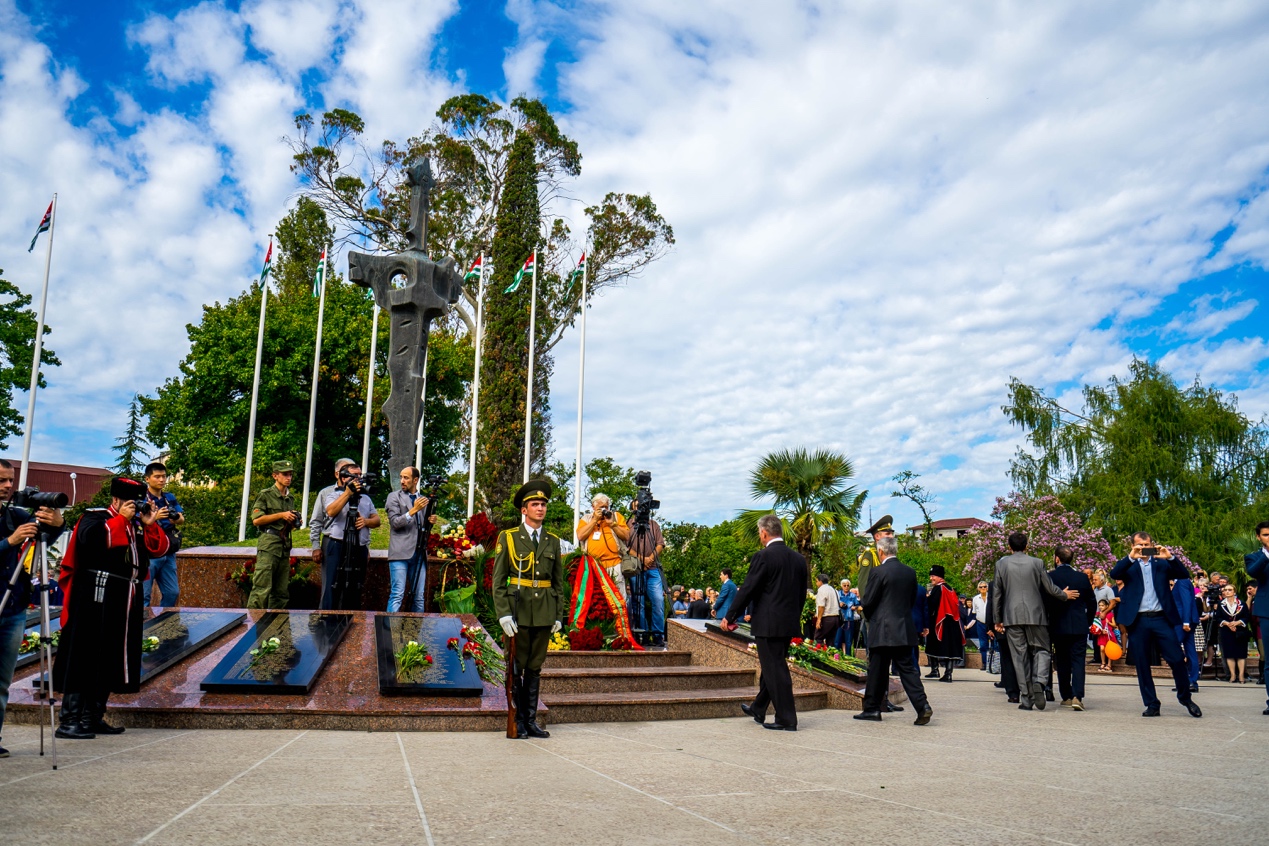
I thought I must be the closest tourist to the President, but when I turned my head, I found another (apparently also a tourist) Asian guy who was even crazier than me, and he even stood right up to the portico of the monument directly in front of the President to take pictures. Being the only other Asian face present besides him, he saw me too and simply walked right up to me to say hello. He said his name was Hashimoto, a Japanese student who had come to see Abkhazia’s “Independence Day”.
The guards of honour marched in columns, two by two, carrying large baskets of flowers towards the monument. The two “presidents” followed the baskets and bowed to the martyrs. The noisy scene, where thousands of people had gathered, suddenly fell silent, and the only sound in my ears was the neat pace of the honour guards’ leather boots. In the distance, I saw a veteran wearing a large-brimmed hat quietly pulling out a handkerchief to wipe away his tears.
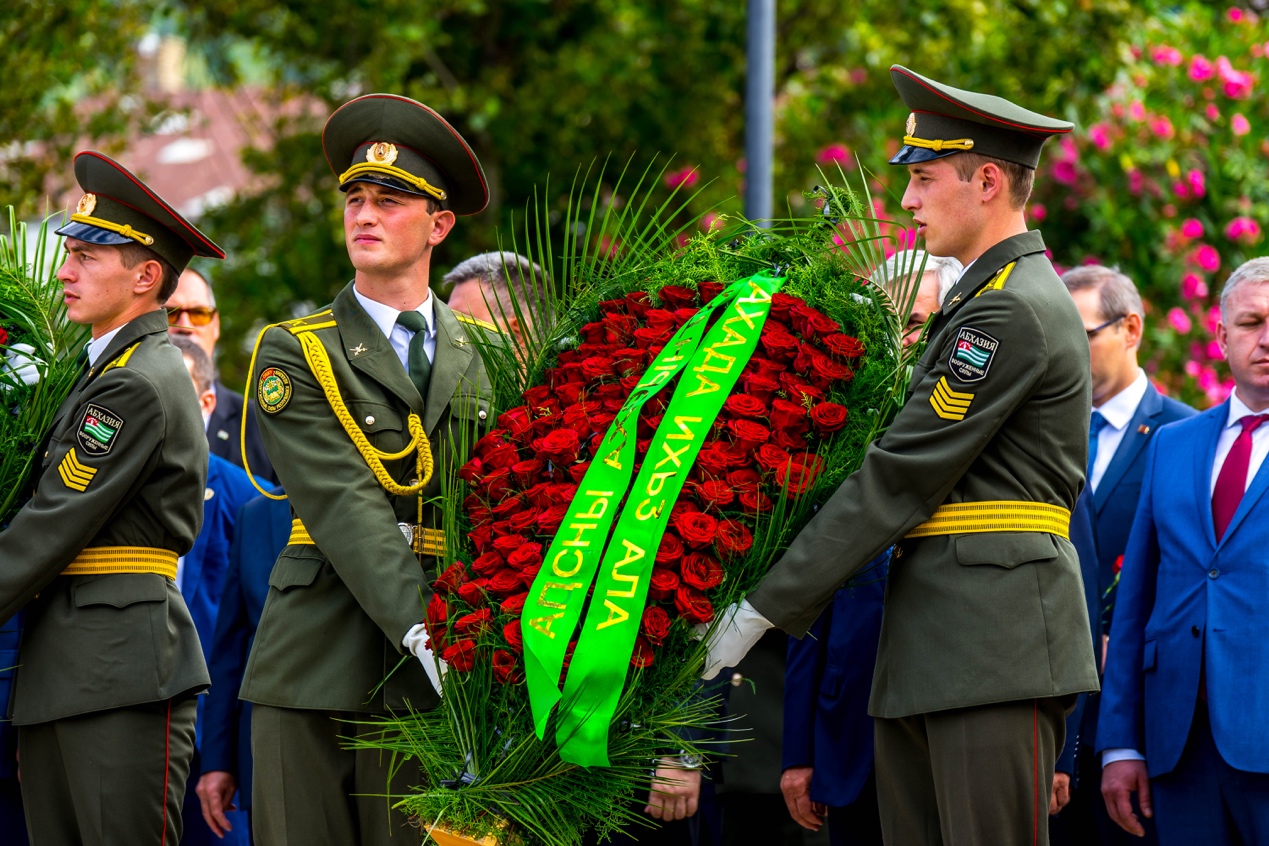
The show, the fireworks, and Abkhazia’s troubled past
If we hadn’t been curious and translated a text message we received into Russian, we would have missed the evening performance at the “State Opera”. For a place with a population of just over 200,000 people, it was easy enough to find a good place to watch the show, even if admission was free, even if the news about the show was sent to every mobile phone user in the country, and even if the show had already started when we arrived.
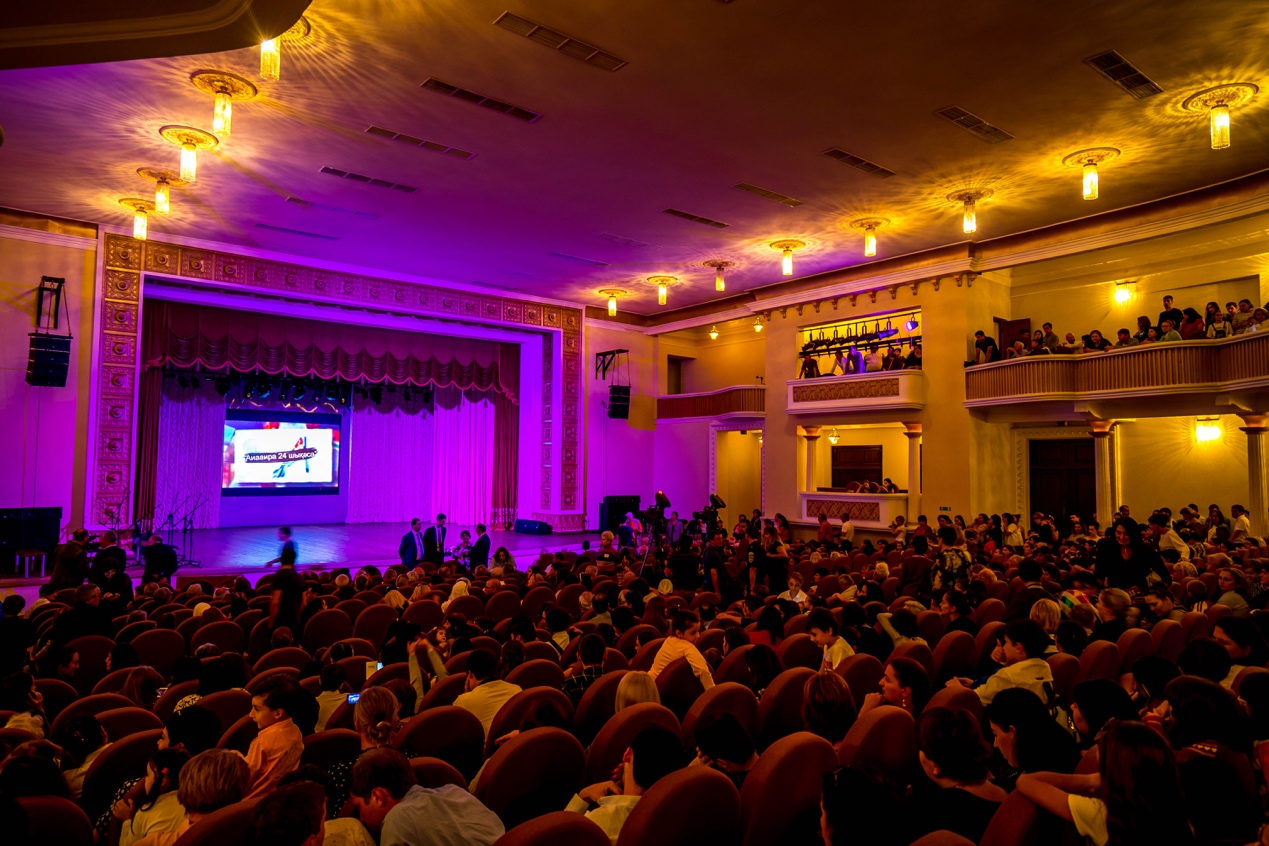
However the standard of the whole show, I have to say, was nothing like a place of just over 200,000 people, Men in felt hats and women in riding boots, accompanied by cheerful music, contributed to an amazingly good show in this small theatre. Their costumes, apparently derived from the everyday wear of the Abkhazians of the past, resemble a group of herders after a long day’s work in the Caucasus mountains, dancing to the catalyst of alcohol and music.

It is as if the Abkhazians are a people who can “sing and dance”. In the masterpiece “Sandro of Chegem” by the most famous local writer Fazil Iskander, the main character, Uncle Sandro, is an amateur dancer in a cabaret. The dancers in question are also amateurs, and there are almost no full-time performers in Abkhazian cabarets.
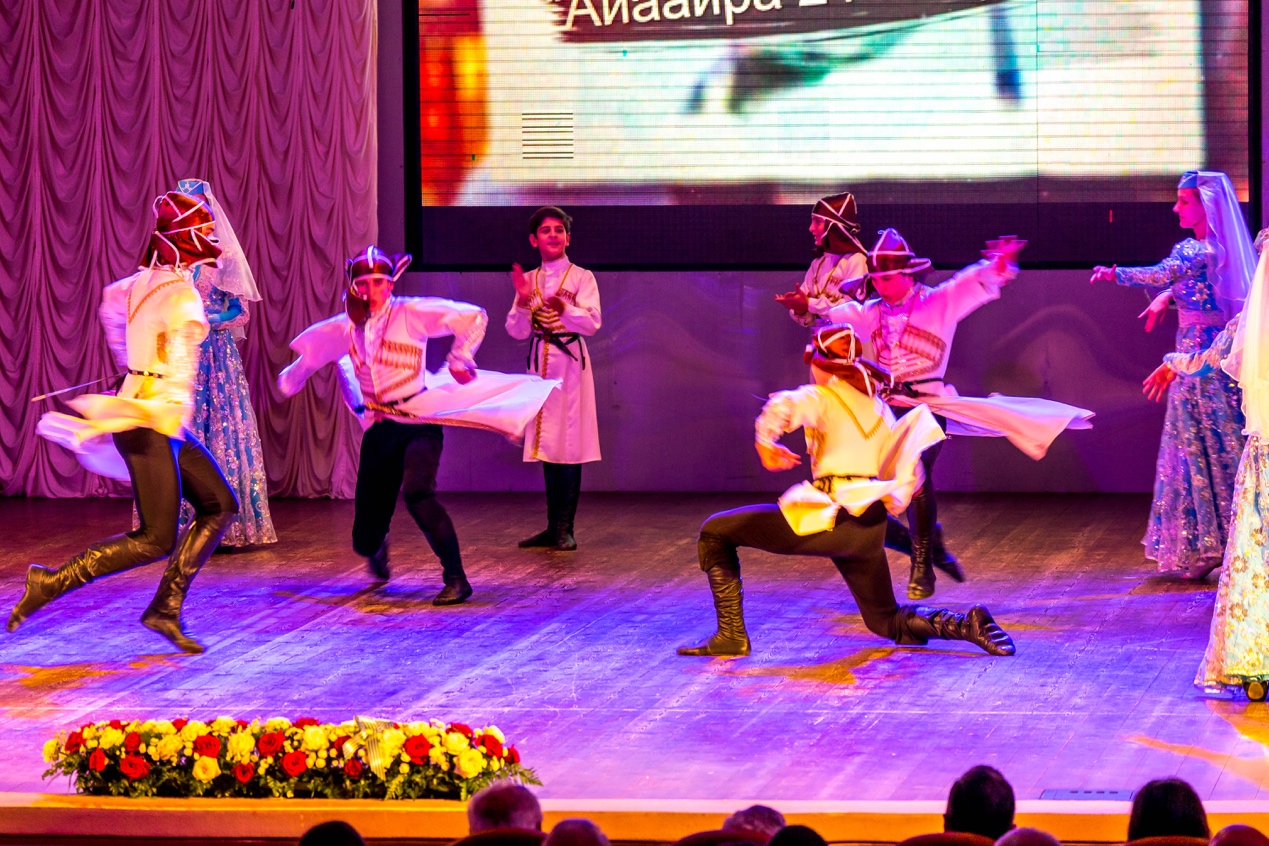
The show ended and the fireworks display began. The abandoned boat dock was transformed into a fireworks launch site, and crowds of onlookers filled the narrow roads along the waterfront, chanting “Abkhazia!” to the rhythm of the fireworks. The childish voices of the children and the hoarse voices of the elderly resonated through this war-torn city on the Black Sea coast. I am sure that anyone who witnessed this scene would have been moved and would have wanted to applaud Abkhazia’s “independence” today.
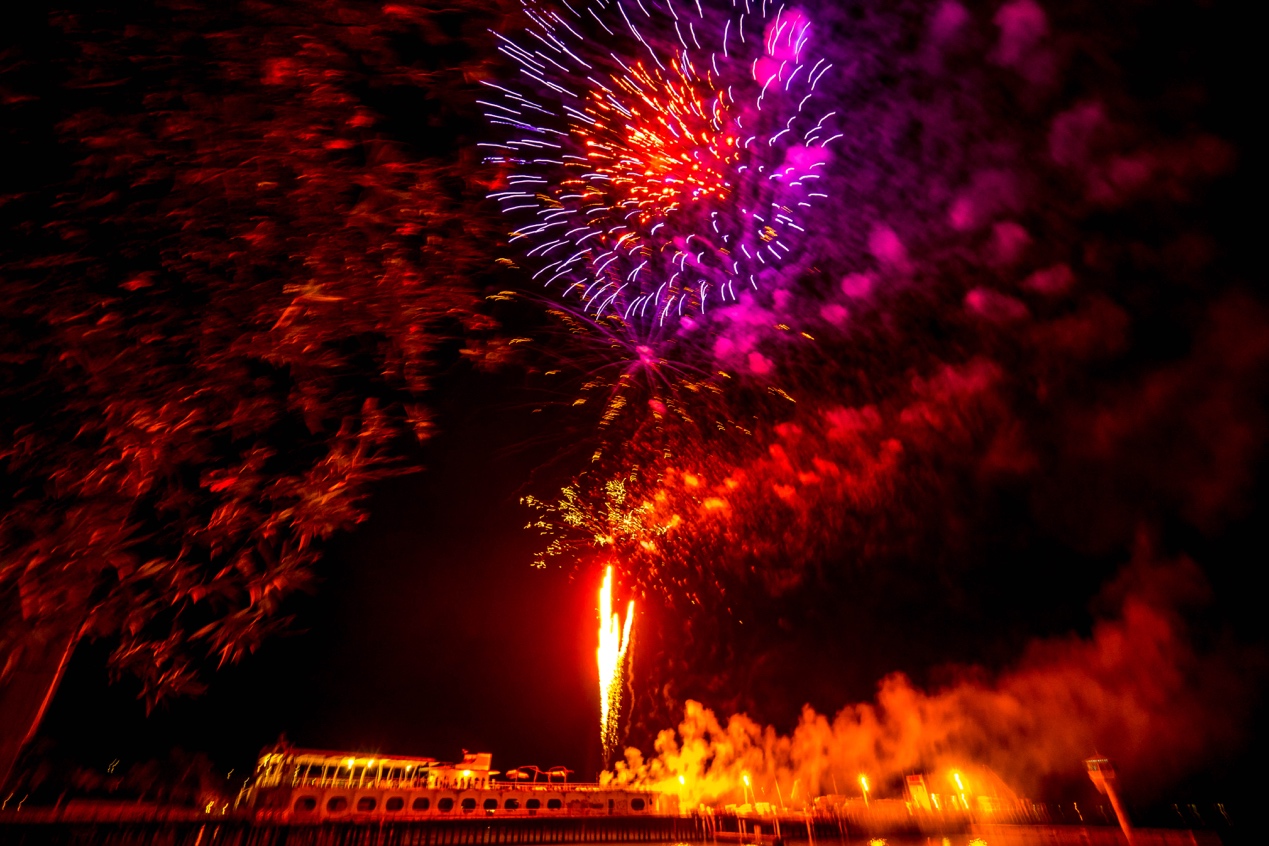
But the independence they celebrate, the past, may not be as glamorous as the fireworks. For centuries, Abkhazia has been a multi-ethnic region. In the late 1980s, on the eve of the collapse of the Soviet Union, the largest population in Abkhazia was not Abkhazian, but Georgian – nearly a quarter of a million people, nearly three times the number of Abkhazians in the same period. Abkhazian population was nearly three times larger.
Yet the Georgians’ numerical superiority in Abkhazia did not last long. During the 1992-1993 civil war, the Georgian army withdrew from Sukhumi in compliance with the ceasefire agreement, but the Georgian civilians left behind became the target of attacks and even killings by fanatical Abkhazian mobs. Fanned by nameless anger, the violence escalated and Sukhumi, once a “holiday paradise”, was turned into a hellhole of numerous robberies, rapes and murders. Eventually, even Abkhazians, who “were not actively killing Georgians”, became the targets of the mob.
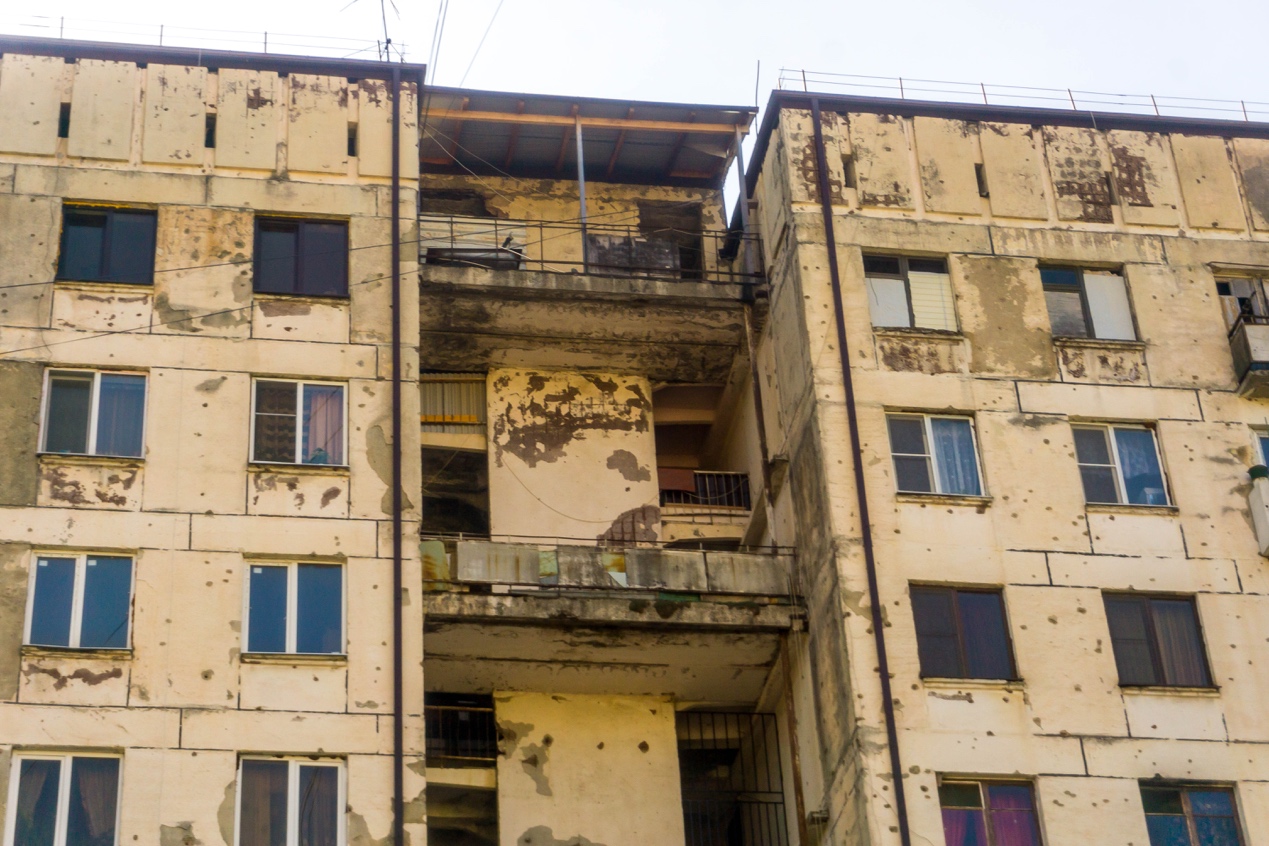
Panicked Georgians had no choice but to flee their homes, but the coastal roads were already blocked, and they had to brave the bitter cold of late autumn over the snowy Caucasus Mountains. One report from that year described the misery: “Refugees were trapped in the mountains for weeks, constantly battered by rain and snow, often with dozens of people crammed into a tiny mountain hut to keep out the cold, and some even had to camp out in dilapidated Soviet cars that leaked everywhere.” Even those who managed to reach Georgian-controlled areas were often turned away by the Georgian garrison on suspicion of “Abkhaz spies among them”.
As a result of this conflict, more than 5,000 civilians died and more than 250,000 Georgians were forcibly displaced. The number of Georgians in Abkhazia plummeted from 250,000 before the war to a few thousand today (mostly those who had previously intermarried with Abkhazians). For those villages and towns that were almost entirely Georgian (such as the one near the border, Gari, which was once 98% Georgian), almost all were reduced to ghost towns after the devastation. And many of those residential ruins seen on the road to Sukhumi were not just destroyed by the war, but because there were so many ruins and so few people left that there was no value in restoring them.

And for those Abkhazians living in other parts of Georgia, an almost identical disaster befell them. Georgia and Abkhazia, two fraternal peoples who had lived together for thousands of years and even shared a common faith, have since become bitter enemies.
Perhaps because there was “no oil” in Abkhazia, this grave humanitarian crisis, almost contemporary with the Gulf War, was chosen to be “ignored en masse” by the Western media at the time, with only a few Russian media outlets reporting on it. To this day, not many people are aware of this history.
The next day, I swiped through Facebook and saw a photo posted by Hashimoto: a boyish-looking man in a blue striped T-shirt standing side-by-side with a suited President Khajimba, shaking hands in the most standard manner, as if the two heads of state were having a cordial and friendly conversation.
Only remorse, why didn’t I stay a little longer after the ceremony, too?


